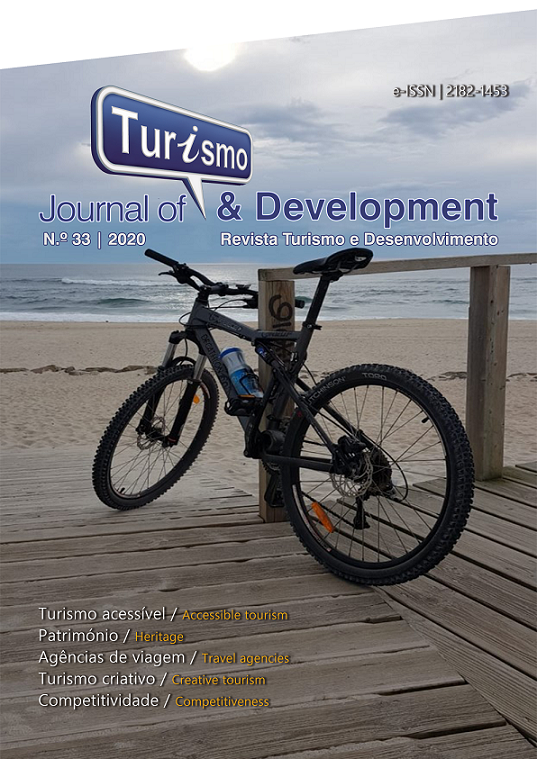Os patrimónios alimentares nas rotas do contrabando
Resumo
No presente artigo debatem-se as problemáticas da fronteira Luso Espanhola, desde 1936, até à data da integração de Portugal e Espanha na EU. Convocam-se, então, várias memórias para preservação das rotas dos patrimónios alimentares. Destacam-se, muito particularmente, as memórias do contrabando, uma atividade ilícita, mas a única fonte de subsistência para quem vivia na zona de fronteira, como é o caso do concelho de Melgaço, um contexto rural, onde a agricultura era parca e insuficiente para o sustento familiar. Nesse sentido, demonstra-se como as populações locais nunca encararam o contrabando como uma fuga aduaneira, mas sim como um modo de vida. Para melhor compreensão destas redes de contrabando, procura-se estabelecer as rotas que irão chegar a grandes cidades, nomeadamente à cidade do Porto. E, sendo o contrabando uma atividade económica subterrânea, é seguramente difícil a sua identificação, bem como prová-la através de fontes documentais, pelo que o recurso às fontes orais representa hoje a metodologia adequada ao estudo deste fenómeno da história da raia. Constata-se ainda, que os fluxos do contrabando são muito variáveis pois vão sobrevivendo das oportunidades que a fronteira lhes oferece, consoante as épocas. Neste contexto, este artigo, concentra-se no contrabando do património alimentar, nas suas rotas e fluxos, devidamente distribuídos pelas diferentes épocas. Como metodologia, utiliza-se a revisão de bibliografia de forma a enquadrar este fenómeno e territórios fronteiriços, bem como, para se compreender a identidade própria dos raianos.
Como sustentação empírica analisa-se diversas entrevistas realizadas aos contrabandistas para verificar o tráfego de patrimónios alimentares entre os dois países ibéricos. Pretende-se, com a presente investigação salvaguardar rotas do património alimentar, fundamentais aos povos da raia, em épocas marcantes, mas igualmente, basilares para suprir carências alimentares em tempos difíceis nas grandes cidades, como o caso da cidade do Porto.





